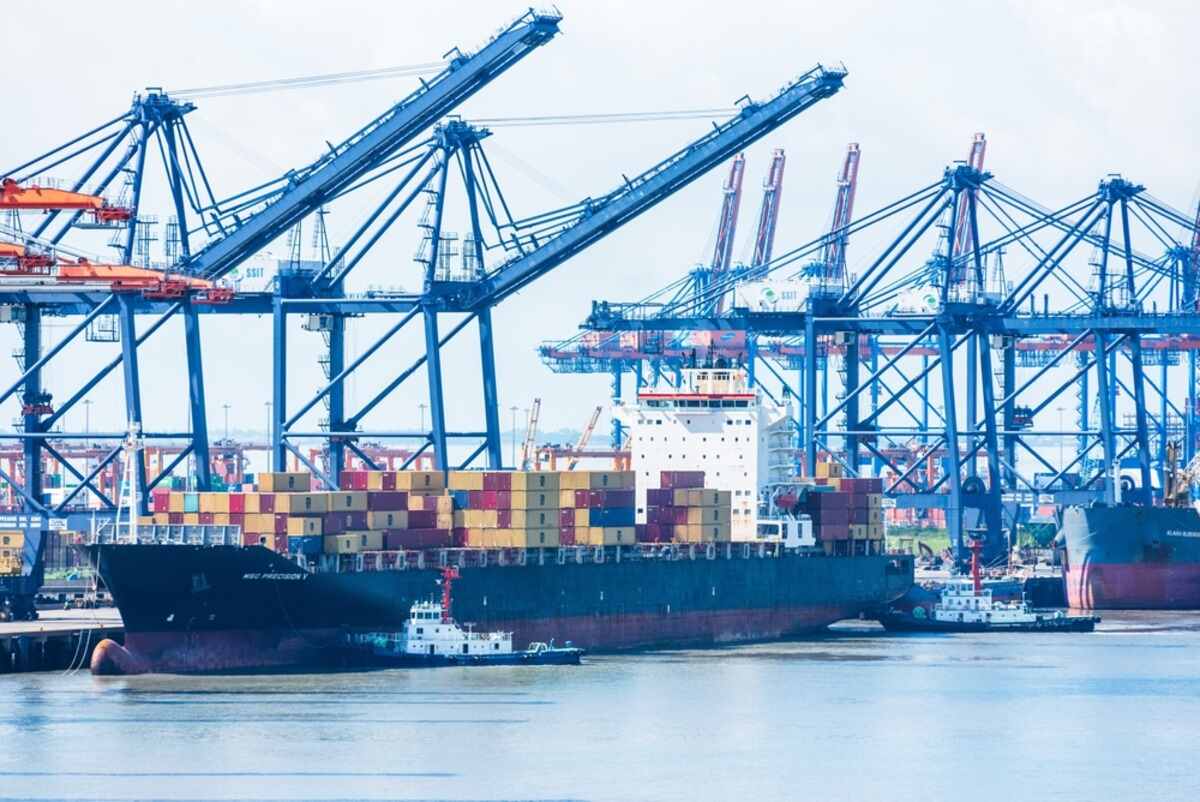Vietnam’s maritime industry is witnessing a surge in activity, with seaport throughput reaching its highest levels in five years. This growth is driven by a remarkable increase in both import and export cargo volumes.
Record cargo volumes
According to Vietnam News Agency, during the first seven months of 2024, Vietnamese seaports handled an estimated 501.117 million tons of goods, representing a 16 percent increase compared to the same period in 2023. Container cargo throughput also experienced a significant surge, reaching 16.902 million TEUs, a 21 percent rise year-on-year. This growth rate is three times higher than the average growth rate of 5.5 percent observed over the past five years.
Key port performance
The Cai Mep – Thi Vai deep water port area saw a particularly significant increase in container cargo, registering a 41 percent rise to 2.8 million TEUs compared to 2023, WAM reported. The Lach Huyen port area also experienced substantial growth, recording 875,000 TEUs, an 87 percent increase over the previous year.
Decreasing freight rates
Despite the surge in cargo volume, sea freight rates have been declining across all routes since the end of July. The most significant drop has been observed on the Asia-to-West Coast of the U.S. route, where rates have fallen by 20 to 30 percent. Other routes have seen reductions of around 15 to 25 percent.
The decrease in freight rates is attributed to increased shipping capacity and a lessening of pressure from the peak season. The Vietnam Maritime Administration (VMA) anticipates that this downward trend will continue.
Impact of freight rate fluctuations
Previously, sea freight rates on major routes had skyrocketed, with the cost of shipping a container to Europe reaching $4,000-5,000, more than double the rates at the end of last year. Shipping costs to the U.S. also increased, reaching between $6,000 and $7,000 per container. Transport costs per container to closer destinations, including China, Japan, the Republic of Korea, and Southeast Asia, increased by $1,000-2,000.
While most Vietnamese import-export businesses do not directly pay shipping costs, the high freight rates have forced them to adjust their product prices, impacting their competitiveness in the market.
Read more: Vietnam’s YoY industrial production up 6 percent in Q1 2024
Global trends and contractual arrangements
The VMA emphasized that sea freight rates are driven by global market supply and demand dynamics. Given Vietnam’s highly open economy and its crucial role in the global supply chain, shipping rates for goods through Vietnamese ports are subject to global trends.
Furthermore, the VMA has observed that the rate of direct bookings for import-export goods made by Vietnamese businesses is low. The majority of transactions (over 80 percent) utilize a combination of CIF (Cost, Insurance, and Freight) for purchases and FOB (Free on Board) for sales. This means foreign partners usually manage logistics contracts and bear the shipping costs.
Vietnamese businesses entering into long-term shipping agreements with carriers tend to be larger entities with consistent import-export activity.
For more news on logistics, click here.




